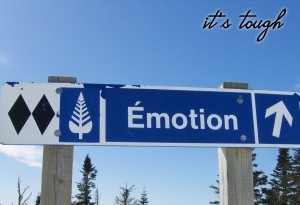I love doing series on writing craft and techniques. This year, I’ve done a series on the secret sauce of writing that I feel took my writing to a publishable level, and a guest series on things other authors feel are part of their secret sauce that we’ve just begun. Secret Sauce Part II will probably run through the rest of the summer (and I’m still taking guest posts if you’d like to share some of your secret sauce!), but after that I have several ideas for the next series.
What topic would you like to see covered next?
Be sure to check the free writing guides page or the list below to make sure I haven’t already covered a topic before you suggest it!
Other previous series (now available as PDF writing guides!)
- Character Arcs
- The Plot Thickens
- Writing Emotion (it’s tough)
- PDF guide to creating character sympathy
(original blog series Creating character sympathy) - Deep POV
- Tension, Suspense & Surprise: To get the free PDF, just share the automatic message via one of these social networks, using the buttons below:

 Another example I’ve noticed recently is in Psych. Shawn runs a psychic detective agency with help from his best friend, Gus. However, Gus has another full time job: he’s a pharmaceutical sales rep. His car—the only transportation they have—is a company car (which is comical in its own right). Gus’s job and using the company car are both stock conflicts in the series. If the writers need to add more conflict in the scene or between the main character and his best friend, Gus’s job is their go-to choice (and girls, when they’re both single).
Another example I’ve noticed recently is in Psych. Shawn runs a psychic detective agency with help from his best friend, Gus. However, Gus has another full time job: he’s a pharmaceutical sales rep. His car—the only transportation they have—is a company car (which is comical in its own right). Gus’s job and using the company car are both stock conflicts in the series. If the writers need to add more conflict in the scene or between the main character and his best friend, Gus’s job is their go-to choice (and girls, when they’re both single).
 But, just like in real life, emotion in fiction is tough. It requires just the right touch to know when and how to put it in, a fine balance to know when to leave it out, creativity to avoid clichés and reaching deep within ourselves for authenticity—possibly even exposing some of our hidden inner lives to the entire world.
But, just like in real life, emotion in fiction is tough. It requires just the right touch to know when and how to put it in, a fine balance to know when to leave it out, creativity to avoid clichés and reaching deep within ourselves for authenticity—possibly even exposing some of our hidden inner lives to the entire world.
 I’m planning my next series (starting next Monday!), and once again, I need your help. I need your questions, musings and and topics.
I’m planning my next series (starting next Monday!), and once again, I need your help. I need your questions, musings and and topics.